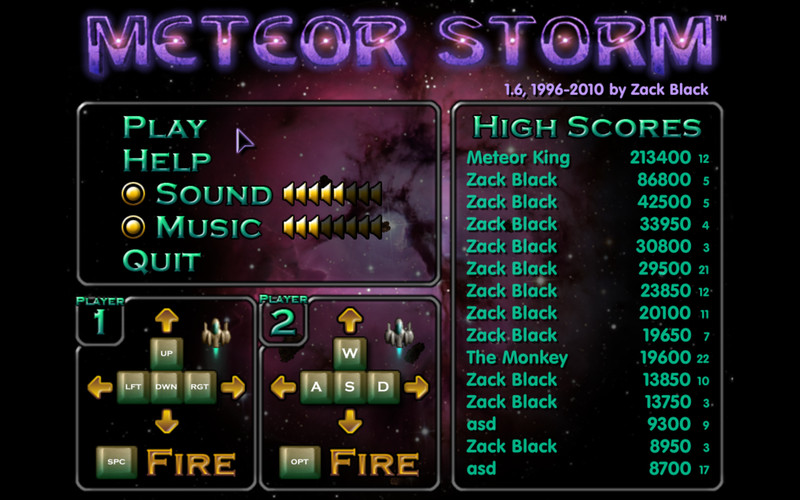| Calculate what is the best location for viewing the upcoming meteor shower, what night do I need to go out, and how active is the shower expected to be. Calculate the meteor shower activity at your site.
The handy Fluxtimator below is a Java applet that allows you to calculate the expected shower rate for a given date and a given location. It also allows you to see the difference between staying downtown or moving out into the country side to a dark and clear location. All rates were calculated by taking into account the Moon light, but assume a transparent cloud-less sky and unobstructed field of view. The Fluxtimator is infrequently updated with information regarding newly characterised showers and meteor outbursts. Keep tuned! Important: Check if your time zone is correctly identified. In the U.S.A., Daylight Savings Time (DST) applies between the first Sunday of April and the last Sunday of October. Disclaimer: The duration, peak activity and time of the peaks are based on recent numerical models. However, note that the anticipated flux levels of each component, the time of the peak, and the particle size distributions are uncertain. So, allow yourself some time to wait for the shower to unfold.
What is the difference between 'Downtown' and 'Mountaintop?'
The difference between 'Mountaintop' and 'Downtown' is one of sky limiting magnitude. Primarily, large cities and towns tend to suffer light pollution from streetlights, which lowers the sky limiting magnitude, making it more difficult to see faint objects. The moon can be a particular problem. Although Moon light will lower the sky limiting magnitude everywhere, it will do so more in downtown where there is much more dust in the air. The Moon at given phase and height will cause a much brighter sky downtown than it will do high in the mountains. Best rates are seen from aircraft! Where should I go for best viewing?
Click on this image showing the night-lit United States to learn more about the observing conditions near your home. For US star gazers, the International Dark Sky Association has a handy tool to find locations with the lowest city light pollution within a 60 mile radius of your home. How does this applet work?
The applet was developed by Peter Jenniskens and Dave Nugent of the SETI Institute using publicly available models of cometary dust trails. Most data are summarized and explained in the book by Peter Jenniskens 'Meteor Showers and their Parent Comets' (Cambridge University Press publisher). The user's location, the rotation of the earth, the position of the Sun, and the orbit of the moon are used to estimate local meteor rates. Who can use this applet?
This applet is freely available to anyone with a computer capable of running it. It is Java 1.1 compatible. - Windows and Mac OSX: Internet Explorer 3.0+, Netscape Navigator 3.0+, Mozilla.
- Mac OS Classic: Internet Explorer 3.0+. Netscape/Mozilla users may need to download the Mac OS Runtime for Java and/or this MRJ Plugin.
- All Others: Untested.
Send Comments, Suggestions, Feature Ideas, and Bug reports to Dave Nugent at:
dave [at] davetech.com
(<<)
EXTERNAL LINKS:
|


